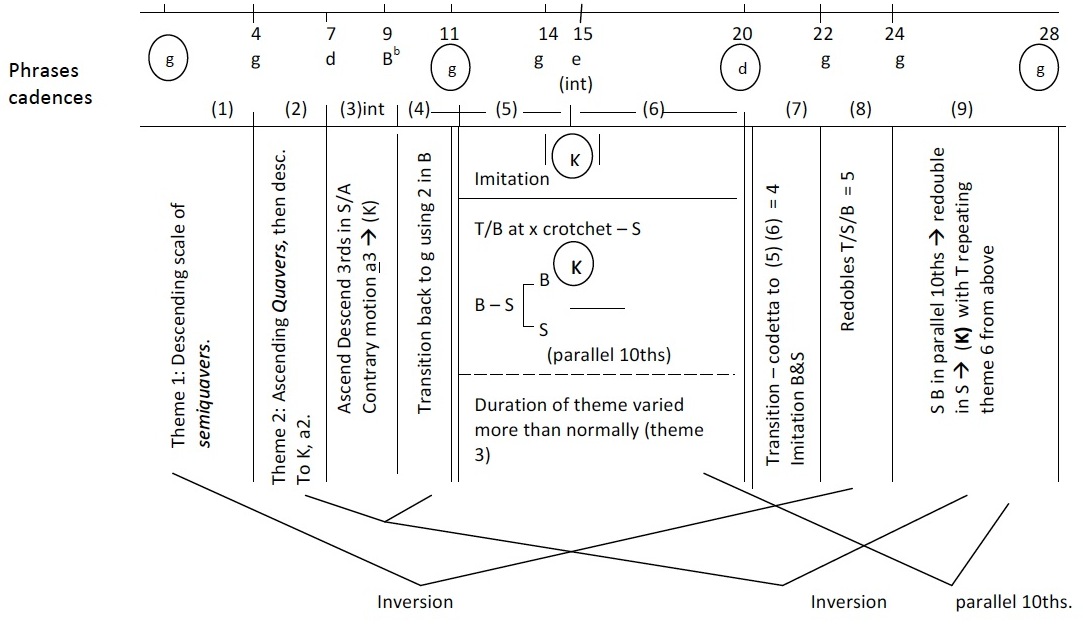Esteban Daza
Fantasía [20] de pasos largos para desenvolver las manos
El Parnaso (1576), fol. 29v
da020
| Source title | Fantasia de passos largos para desemvoluer las manos [por el mismo =1º tono] |
|---|---|
| Title in contents | Fantasia por el mismo tono |
| Text incipit |

Music
Category abstract
Genre fantasia
Fantasia type Id+Im
Mode 1
Voices 4
Length (compases) 56
Vihuela
Tuning G
Courses 6
Final VI/0
Highest I/10
Lowest VI/0
Difficulty difficult
Tempo not specified
Song Text
Language
Vocal notation puntillos
Commentary
The second of four Fantasias “with certain passages to untangle the hands”. This one is also in the first mode. The term “desenvovlver las manos”, as well as the style to a significant extent, is based on Mudarra. The term literally is used to explain that the fantasia has sections of fast melodic passage work.
Tripartite fantasia. 2 parts = redobles and free counterpoint. Middle section imitative. One of 2 of Daza’s fantasias not to exceed 30 bars (c.f No 7). The outer sections are quite similar: That is similar elements in differing sequence, and those in the last section are inversions of those in the first. In the free sections, some minor imitation occurs momentarily. Each phrase within these sections has clear identity. Tonal scheme is evident from the diagram. Aesthetically,the work is a combination of virtuosic showmanship and sensitive imitation. The middle section varies little from the procedure used in the purely imitative works.
Sections are approximately of equal length. Voice leading in I & III not always regular, eg b. 9-10. Rhythm of redoble 5 is important.
Gradation and homogeneity achieved through the change of predominant rhythmic values: Semiquaver > quaver > crotchet >quaver & crotchet >semiquaver > semiquaver & quaver
